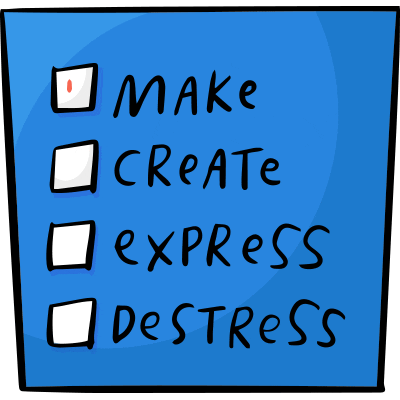
Whether you use traditional pen and paper or jot it down on your tablet, having a checklist will always lead to better productivity.
Having repetitive tasks can mean that sometimes we miss steps in a process. Either we get distracted or we simply forget one crucial step in a certain procedure. The most important reason why checklists exist is so that you don’t forget anything. Yet not every action requires a checklist - sometimes a to-do list is better for the tasks at hand.
To-do list vs. checklist
There’s a difference between a to-do list and a checklist. Editor of Manifestly, Philip Crawford, says, “Checklists are best described as an agreement in an organisation on How to Do specific (important) processes. They are codified “best practices” about how these processes should be done.” To-do lists, on the other hand, are unique, ephemeral (thankfully!), and ad hoc in nature. They are your list (or your team’s list) of what you need to get done (today, this week, etc),” says Philip. I couldn’t agree more.
At Penquin, we use checklists for our project plans. Checklists are an important part of process improvement activities. Using checklists to get the right things done in the right way means we’re always focused. To-do lists don’t provide this structure, nor do to-do list software solutions focus on this continuous improvement process. To-do lists focus on getting things done, especially at the individual’s productivity level.

The importance of checklists
President of Singer Executive Development, a professional training and development company, Andy Singer lists six other benefits of checklists which are: creativity, delegation, excellence, organisation, motivation, and saving lives. “Checklists motivate us to take action and complete tasks. Checklists allow you to master the repetitive tasks and utilise more brain power for creative activities. By breaking down tasks into specific tasks, checklists give us more confidence when delegating activities,” says Singer.
By having a solid structure in a checklist, creativity can flow and delegation is easier. Having checklists in place means that anyone can step up to the plate to help, knowing exactly what is expected of them. We have a solid briefing system that has its own set of checklists that can be customised to each of our clients’ needs. Nothing important gets missed and the job gets done seamlessly (you can read more here understanding your briefing checklist).
Using the right tools
Capturing time is important especially in marketing agencies. Most agencies like us use Chase Software, an agency management system. This is where we allocate our time, use it as a billing system as well as getting tasked. We also make use of Basecamp for our tasks: a great tool to create to-do lists. The templates have made it easier to get those things and the right information and saving time. Our checklists stay in Microsoft Excel. We’ve implemented checklist templates for the processes and procedures we know happen monthly, quarterly or annually - such as events.
Using checklists and to-do lists ensures that you and your team won’t forget anything, especially the important steps. The better these lists are, the more solid the structure you’ll have to improve productivity.
We hope these tips have helped you get better insights into getting more productivity into your business. For more information and updates to insights, sign up to the Penquin blog.




SUBMIT YOUR COMMENT